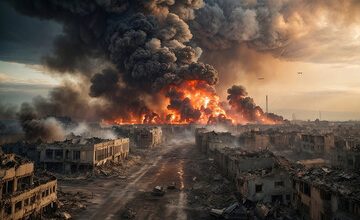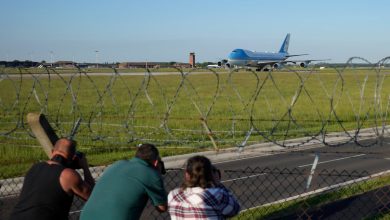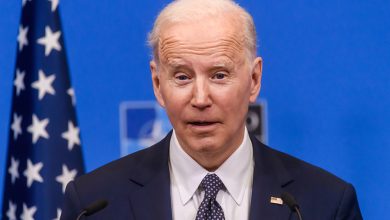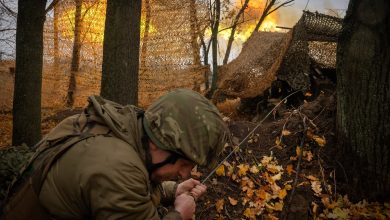North Korea seeks to mirror the South’s defense sector boom
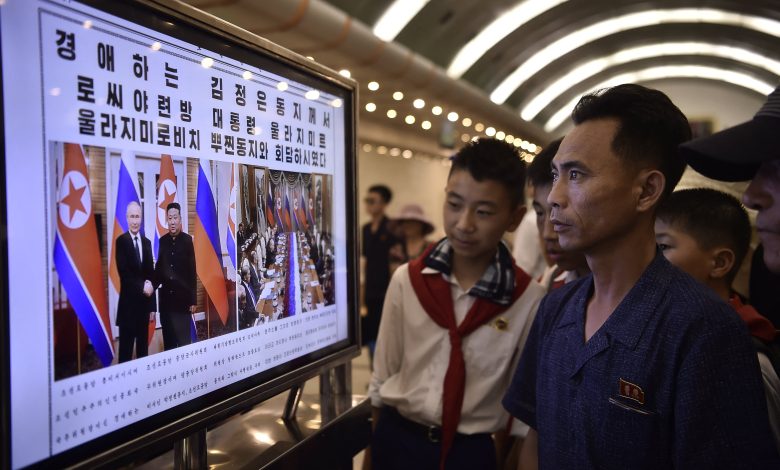
South Korea’s arms producers, recently dubbed members of the K-defense industry, are rising stars on the international stage, much like K-pop and K-drama. Because of the Russia-Ukraine war, many European countries have increased their defense budgets and become major customers of the K-defense industry.
On the other side of the coin — or the border — North Korea’s defense industry also has a new major customer: Russia.
A recent visit to Pyongyang by Russian leader Vladimir Putin attracted the world’s attention. Russia needs North Korean ammunition, while North Korea needs to send its labor force to Russia to gather information about defense technologies like intercontinental ballistic missiles, submarine-launched ballistic missiles and satellites.
In North Korea, about 500,000 workers and 300 defense industry factories exist in the Second Economy Commission, which oversees nearly all aspects of materiel production and sales. Most factories are located in the North and South Pyongan provinces, the North and South Hamgyong provinces, the Chagang province and the Kangwon province.
The defense sector makes up about 30% to 60% of North Korea’s total economy, or approximately $10 billion. About $700 million goes to nuclear development, and about $600 million goes to missile development.
RELATED
Recently, North Korean media openly showed Kim Jong Un’s visit to defense industry factories.
Usually, the nation’s media does not report on defense industry facilities as such, describing them as ordinary factories. But the transparency this time represents how important Kim considers the sector.
Since 2022, Rodong Sinmun has run at least eight articles discussing 18 visits to defense industry factories. The openness and timing is significant, given Russia launched its full-scale invasion of Ukraine that year.
During this period, Kim has emphasized a desire to prepare for war and modernize the domestic industry’s weapons production processes.
This year, North Korea began reorganizing entities under the Second Economic Commission in order to achieve Kim’s directives. He appointed a new chairman of the Second Economic Commission, and has dropped mentions of tests for the country’s 240mm multiple rocket launcher as well as construction efforts to support the weapon’s production.
Kim’s recent interactions with Putin and his emphasis on North Korea’s defense industry amid the war has a clear strategic purpose.
For one, these moves are meant to serve as a response to security cooperation between the United States, South Korea and Japan.
Secondly, North Korea has benefited from providing arms to Russia during the war. Decades ago, during the Korean War, the Soviet Union supported the creation of the Korean People’s Army, and the Soviet Army was a role model for the North.
Now, North Korea is able to support Russia by sending ammunition and other conventional weapons. The partnership provides opportunities for North Korea’s labor force to travel to Russia to learn about advanced defense technologies.
North Korea considers its version of the K-defense industry to be an engine for economic development. From the North’s point of view, Russia is just the beginning, as other potential customers could follow suit.
Indeed, if North Korea accepts an invitation from Russia to join a Russia-China combined military exercise, this would be a great turning point for the government and a game changer to Northeast Asia’s security architecture.
The worst-case scenario would be the North’s export of weapons of mass destruction, including, but not limited to, nuclear war heads.
Kim’s ambition has grown beyond selling access to the Wonsan spa resort. Now, North Korea is seeking its own version of the K-defense industry.
Youngjun Kim is a professor at the Korea National Defense University and a nonresident fellow at the National Bureau of Asian Research think tank.


